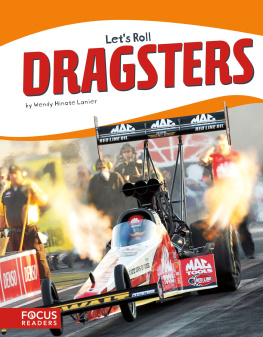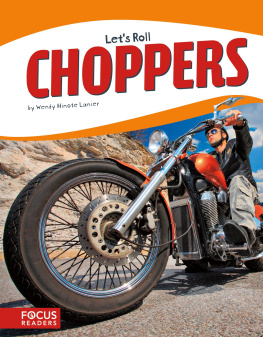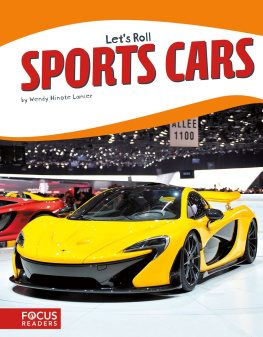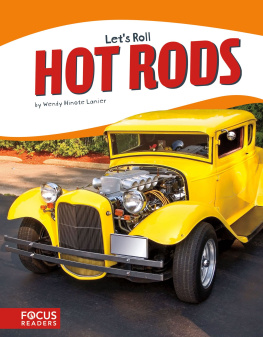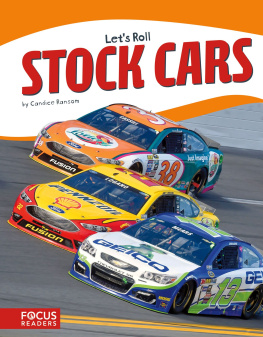
DRAGSTERS
by Wendy Hinote Lanier
Lets Roll
by Wendy Hinote Lanier

www.northstareditions.com
Copyright 2017 by North Star Editions, Lake Elmo, MN 55042. All rights
reserved. No part of this book may be reproduced or utilized in any form or by any
means without written permission from the publisher.
Produced for North Star Editions by Red Line Editorial.
Photographs : Jeff Speer/Icon Sportswire/AP Images, cover, 1; Juerg
Schreiter/Shutterstock Images, 45; Sam Sefton/iStockphoto, 7; Action Sports
Photography/Shutterstock Images, 9, 18; AP Images, 1011, 12; Michael Stokes/
Shutterstock Images, 14, 29; Phillip Rubino/Shutterstock Images, 1617, 2223;
Mike Brake/Shutterstock Images, 20; Manfred Steinbach/Shutterstock Images, 25;
Steve Mann/Shutterstock Images, 2627
ISBN
978-1-63517-048-1 (hardcover)
978-1-63517-104-4 (paperback)
978-1-63517-205-8 (ebook pdf)
978-1-63517-155-6 (hosted ebook)
Library of Congress Control Number: 2016951020
Printed in the United States of America
Mankato, MN
November, 2016
Wendy Hinote Lanier is a native Texan and former elementary teacher who writes
and speaks to children and adults on a variety of topics. She is the author of more
than 20 books for children and young people. Some of her favorite people are dogs.
About the Author
978-1-68444-282-9 (e-book)
Synched Read-Along Version by:
Triangle Interactive LLC
PO Box 573
Prior Lake, MN 55372

TABLE OF CONTENTS
CHAPTER 1
Race to the Finish
CHAPTER 2
Drag Racing History
CHAPTER 3
Dragster Basics
CHAPTER 4
Dragsters Today
HOW IT WORKS
Dry Clutches

CHAPTER
RACE TO THE FINISH
Dragster drivers spin
their tires before every
race.
Two dragsters move to the staging
area. Their tires scream as the
drivers spin them on the concrete
to heat the rubber. The heated
rubber improves the tires grip.

Then the cars move to the
starting line.
When both cars are staged,
drivers see three amber lights. Then
comes the green light. The drivers
hit the accelerators. The cars speed
down the strip. Four seconds later,
they cross the finish line.
The series of lights that start a drag
race is called a Christmas tree.
FUN FACT

A tall set of lights tells drivers when to
start.

The drivers apply the brakes
and release the parachutes. The
parachutes pop out in a flash of
color. The drivers ease the cars off
the track and onto the return road.
Slowly, the drivers make their way
back to the pit after stopping
ELIMINATION
ROUNDS
Most drag racing events are a series of
elimination rounds. The winner of each
round advances to the next. The final race is
between the two cars with the best times.

to receive their time slips. The slips
tell who is going home and who will
move on to the next race.
Parachutes help drivers slow down when the race
is over.

A man waves a flag to
begin a drag race in the
1950s.
During World War II (19391945),
factories were busy making
vehicles for the war. There were
few cars to buy. After the war, cars
went back into production.
DRAG RACING
HISTORY
CHAPTER

A dragsters front wheels come off the ground
during a race in 1961.
The new car engines were
more powerful. Car owners raced
one another on dry lakebeds
and two-lane roads. The races
were not legal, but they became
very popular.

The first organized drag races
happened in 1949. In each race,
two cars began from a complete
stop called a standing start.
The cars covered a distance of
0.25 miles (0.40 km). The goal was
to reach the finish line in the fastest
time. This is known as elapsed time.
FUN FACT
Police were happy when drag racing
moved to drag strips. It meant races
were legal, safer, and off the streets.

In 1950, the first commercial
drag strip opened. Within a year,
the editor of Hot Rod magazine,
Wally Parks, created the National
Hot Rod Association (NHRA).
Flames shoot out of a dragsters exhaust when the
car accelerates.

Today, the NHRA sets safety
rules and race standards. The

